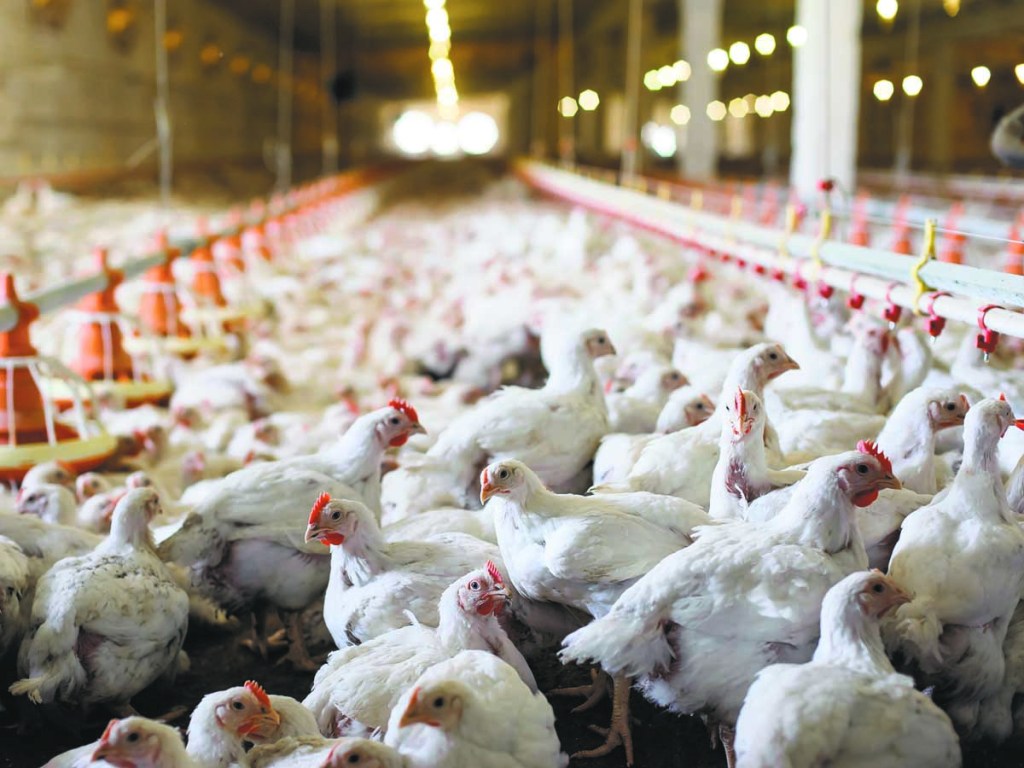Year in Review (No. 7) Avian influenza threatens local poultry
Published 5:00 am Tuesday, December 26, 2017

- CHICKENS
The Cullman Times is counting down to the top local story of 2017.
Cullman County poultry producers’ worst fear — avian influenza — emerged this year, prompting the killing of an entire commercial flock to prevent the spread of the illness.
The affected farm, located in east Cullman County, destroyed its chickens in March after samples tested through Auburn University and the USDA National Veterinary Services Laboratory in Ames, Iowa found low pathogenic avian influenza was present at the site. State health officials said the decision was made after companies that contract with farms conducted more tests in the zone.
“Even though it was low pathogenic, the problem is that it can spread so quickly,” said Daniel Autrey, chief of staff at the Alabama Department of Agriculture and Industries.
The strain posed a significant threat to the county’s largest agricultural commodity. Cullman County ranks first in the state in broiler production, and poultry and egg makes up 85.5 percent of the county’s total agricultural and forestry production.
The infection also popped up at a commercial poultry breeding operation in Pickens County and a backyard flock located in Madison County as well as in poultry farms Tennessee and Kentucky in early 2017. Although no human infection has been confirmed, some considered it the worst outbreak since 2015.
In all more than 200,000 animals were euthanized in Alabama, Tennessee and Kentucky because of avian flu infection.
State agriculture officials said the low pathogenic strain of bird flu didn’t pose a risk to the food supply, and no affected poultry ever entered the food chain. The risk of human infection with avian influenza during poultry outbreaks is very low, said State Veterinarian, Dr. Tony Frazier.
Additionally, the state issued a “stop movement” order March 15, banning all bird exhibitions of any kind to prevent the spread of the infection.
Autrey said the abundance of water fowl in north Alabama requires a vigilant approach to protecting flocks in Alabama’s massive poultry industry.
“Water fowl are the carriers. It can spread so quickly, so bio-security has stepped up tremendously,” Autrey said. We want to do everything we can to prevent this from spreading. Being low-pathogenic it has not spread widely like what happened in 2015. But it refers to the ability of the virus to produce disease.”
“We’ve not seen any impact on the exports. This industry is huge for Alabama,” Autrey said.


